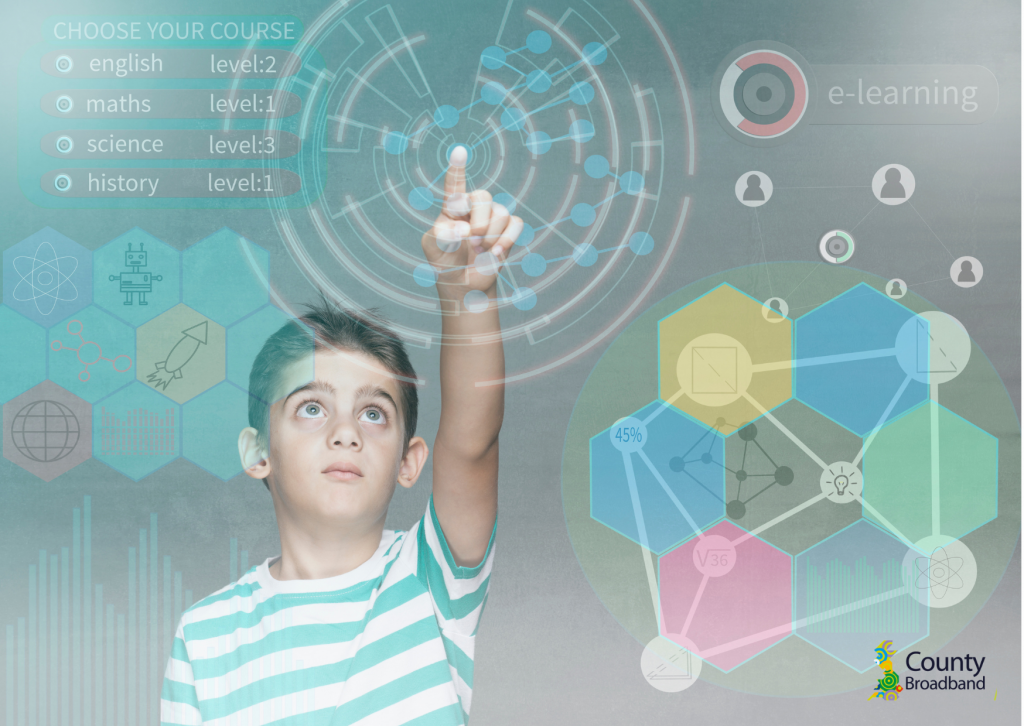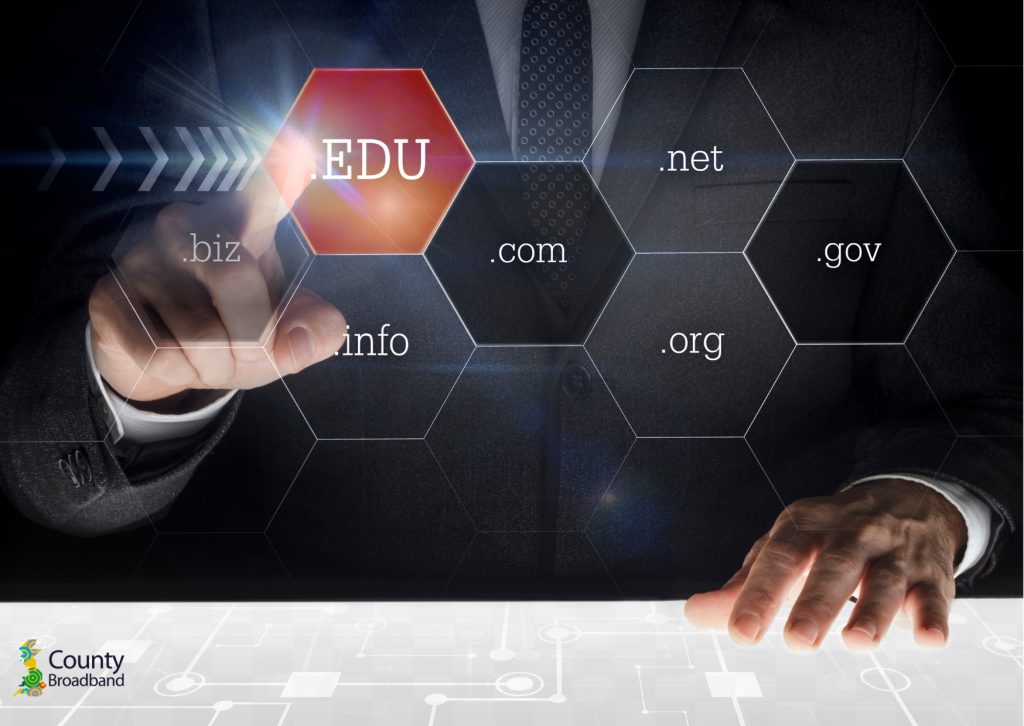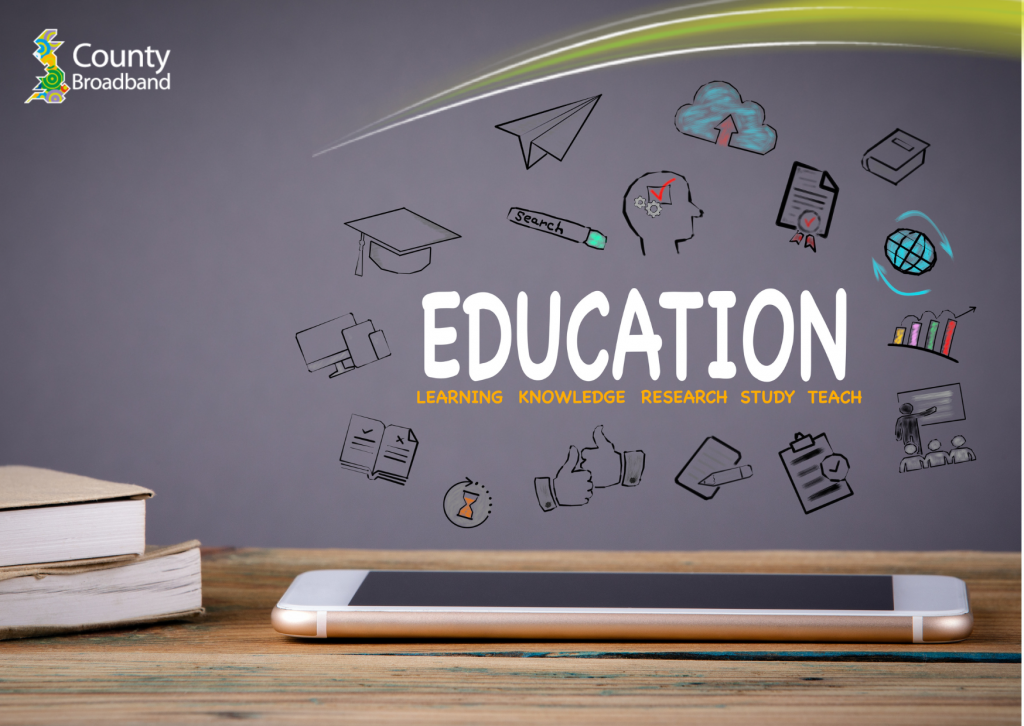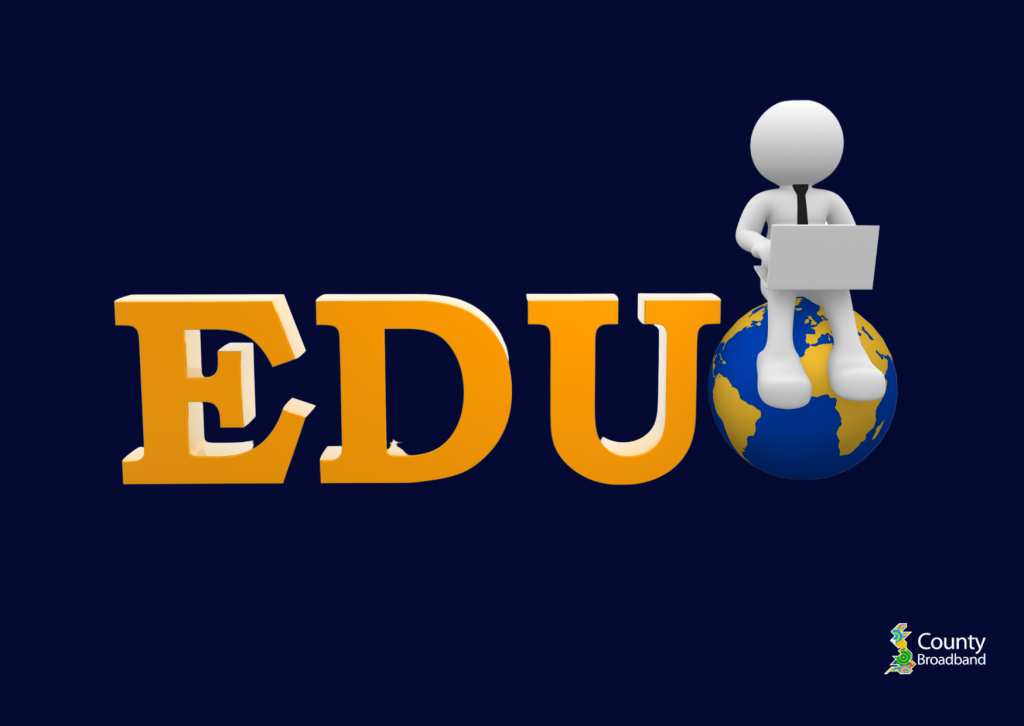Technology and Schools – a Match made in Heaven?

In January, the International Day of Education falls together with Technology Day. Two perfect marriages from a present and future perspective. But since when and why has technology become an integral part of education?
Schools are increasingly embracing digitization and educational technology (or simply edtech), which has led to numerous benefits for students. From multimedia interactive whiteboards and tablets to electronic registers and online resources, technology has made studying more accessible and effective.
The pandemic has highlighted the importance of technology in education, as it enabled students to continue their lessons and download multimedia materials, while also allowing workers to stay connected and participate in online conferences. Additionally, technology has enabled people to maintain communication with loved ones during lockdowns and restrictions.
While the use of technology in schools can be controversial, it also offers the opportunity to innovate traditional teaching methods and create more engaging, inclusive, and personalized learning experiences. Digital resources can be shared with everyone, breaking down barriers of space and time, and technology has proven particularly useful for empowering children with disabilities or difficulties.
As we move towards a 4.0 school model, technology will continue to play a crucial role in training future generations and preparing them for digital jobs and virtual professional roles. It can also enhance the learning of traditional subjects through virtual and augmented reality. Overall, the use of technology in education looks towards a better, more inclusive future for all students.

The Disruptive Impact of Augmented Reality
Virtual reality (VR) and augmented reality (AR) are becoming increasingly popular in the field of gaming, education and training. These technologies, known as “extended reality,” can create immersive worlds that allow students to visualize and interactively learn new skills and information.
There are several ways in which VR and AR can enhance learning experiences. For example, VR can transport students to different places and historical periods, allowing them to feel fully immersed in the experience. AR can bring abstract concepts to life in the classroom, such as projecting a tornado or a beehive into the room for students to observe more closely. VR and AR can also be used for scientific experiments, such as allowing students to study and dissect internal organs in a virtual environment. In the workplace, VR and AR can be used for training, such as simulating dangerous situations or challenging scenarios that would be difficult to recreate in real life.
In addition to these benefits, VR and AR can enhance the lifelong learning experience by allowing individuals to continue learning and exploring new topics throughout their lives. They can also promote socialization and collaboration, as students can engage with one another in virtual environments and work together to solve problems.
Overall, VR and AR have the potential to greatly improve the way we learn and train, creating more engaging and immersive experiences that can benefit both students and professionals.

The Future of Education and Learning
Education technology is becoming an increasingly important aspect of education around the world. Its use has been shown to increase student engagement, making it essential for both present and future education. In this article, we will explore some of the digital edtech trends that are currently shaping the education sector.
Video learning is a trend that has been around for a while, but it remains popular due to its visual appeal, interactivity, and ability to engage students. Gamification, or the use of game-based learning, is another trend that has been around for a while, but it remains effective in making learning more interesting, motivating, and easier for students.
Social emotional learning (SEL) is a trend that focuses on helping students to identify, understand, and control their emotions and develop more productive communication skills. Augmented reality and virtual reality are being used to create highly immersive learning experiences for students, while artificial intelligence (AI) in e-learning is being used to assist teachers in planning courses, delivering adaptive learning, supporting students, and grading papers.
In order to support the data traffic generated by educational institutions, a full-fibre connection is necessary. A full-fibre connection, also known as FTTH (fibre to the home), is able to handle the large amount of traffic that occurs in schools and guarantee optimal performance even with multiple devices connected. FTTH has transmission speeds of up to 900Mbps and is able to withstand the progress of technology, making it a future-proof solution for schools.
At County Broadband, we are working to make full-fibre connections available to everyone in order to bridge the digital divide and provide free access to education. Digitization is becoming an integral and increasingly necessary element in the education of our children, and it is important for schools to embrace new technologies in order to keep up with the changing landscape of education. If you agree that schools should be open to new technologies, let us know in the comments.






